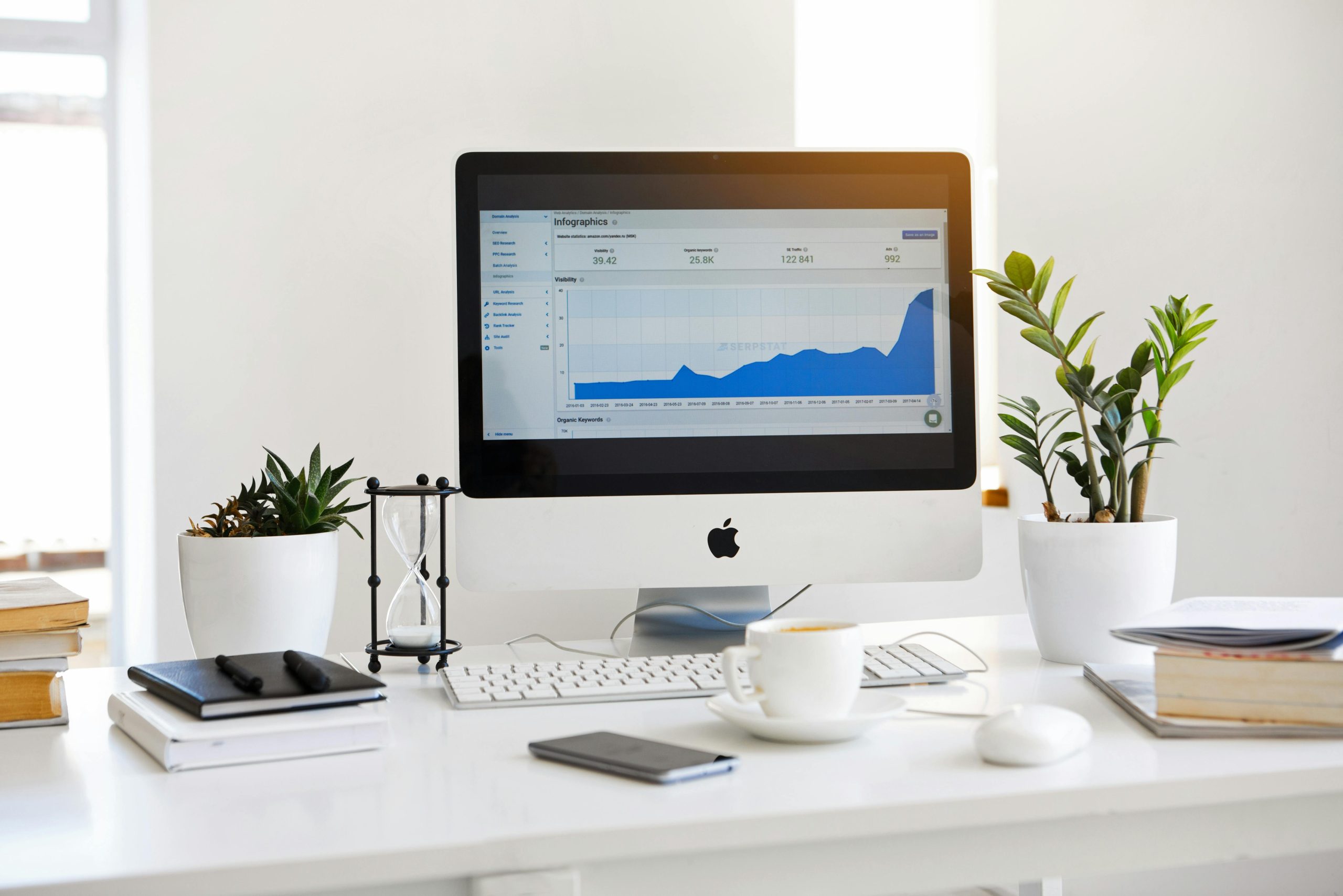What’s the Best Way to Create a Pocket Office in a Multi-Functional Living Space?

In today’s world, where multitasking becomes the norm and space is often at a premium, the need for a pocket office in a multi-functional living space is becoming increasingly prevalent. How do you design a compact, efficient work space that fits seamlessly into your living area? What’s the best way to maximize your small space without compromising your work? Let’s explore some designer insights and innovative ideas to help you create your ideal pocket office.
1. Space and Room Design
The first aspect to consider when creating a pocket office is the space and room design. You need to carefully evaluate your available space and think of ways to utilize it effectively. The challenge lies in optimizing your space without making it feel cramped or cluttered.
Sujet a lire : How to Design a Boho-Chic Living Room with Ethical and Fair-Trade Products?
Start by identifying an underutilized corner, an empty wall, or a niche space in your living area that can be transformed into a work station. Consider the traffic flow in your space. Your office should not obstruct movement or become an eye-sore in your living space. Instead, it should blend seamlessly, almost as if it’s a natural extension of your room.
Make use of vertical space. Adding shelves above the desk can provide additional storage for books, files, and other office essentials. A well-planned design can effectively double your work area without eating up your floor space.
A lire en complément : How to Create a Vintage Game Room with Authentic Arcade Machines?
2. Desk and Chair
The next major components to factor in are your desk and chair. These pieces of furniture are the backbone of your office. They need to be comfortable, functional, and also aesthetically pleasing.
Your desk should be of appropriate height and size. A desk that’s too small might not provide enough workspace, while one that’s too large might overwhelm your space. Consider a floating desk or a convertible desk that can be folded away when not in use.
Your chair should be ergonomically designed to ensure your comfort during long work hours. It should have adjustable height and backrest, and should provide good lumbar support. If space is a constraint, consider a stool that can be tucked under the desk when not in use.
3. Lighting and Color
Proper lighting and the right color scheme are equally important in setting up your pocket office. Good lighting reduces eye strain and increases productivity, while the right color can enhance the overall mood and energy of your work area.
Ensure your workspace is well lit. If possible, set up your desk near a window to take advantage of natural light. Additionally, supplement with task lighting such as desk lamps or overhead lights for those late-night work sessions.
Choose a color that promotes concentration and productivity. Blues and greens are known to have calming effects and can enhance focus, while yellows can stimulate creativity.
4. Wall Decor and Photo Display
Your pocket office need not be all business. Personalizing your workspace with some wall decor and your favorite photos can make it a more pleasant and inspiring place to work.
Incorporate elements that reflect your personality and taste. Hang a favorite painting, an inspirational quote, or a mood board on your office wall. Display cherished photos or vacation souvenirs. These personal touches not only add visual interest to your pocket office but also make it truly your own.
5. Storage and Organization
Last but not least, storage and organization are key to maintaining a clutter-free and efficient pocket office. Well-thought-out storage solutions can make the most out of your limited space and keep your work area tidy and organized.
Use filing cabinets, storage boxes, and desk organizers to keep your office supplies and documents in order. Consider adding a pegboard or a corkboard on the wall for easy access to your notes, reminders, and schedules.
Remember, a well-organized workspace not only enhances productivity but also contributes to a stress-free work environment. Implementing these tips and ideas can help you create a functional and stylish pocket office in your living space. Whether you’re working from home full time or just need a dedicated space for tackling your to-do list, a well-designed pocket office can provide the perfect solution.
6. Making Use of Pocket Doors and Room Dividers
When creating a pocket office within a multi-functional living space, employing a smart use of pocket doors or room dividers can be a game-changer. These elements help to define your office space while maintaining the open and airy feel of the room.
Pocket doors are an excellent choice for small spaces. They slide into the wall when opened, saving the space required for a swinging door. It’s a great way to separate your working area from the rest of the living space while maintaining an open feel when the door is tucked away.
Room dividers, on the other hand, offer an affordable and flexible alternative to fixed walls. They can be as simple as a tall bookshelf or as intricate as a custom-built divider. A room divider can offer a visual and psychological boundary between your office and the rest of the house, making it easier to concentrate on work.
Take inspiration from Pinterest photos and consult with an interior designer if you’re unsure about what type of door or divider works best in your space. Ensure that the style blends well with the overall design photo of your living room or wherever your pocket office resides.
7. Adding Personality through a Gallery Wall and Color Palette
A pocket office in your living space should not only be functional but also reflect your personality and style. One way to achieve this is by creating a gallery wall and choosing a suitable color palette for your workspace.
Creating a gallery wall in your pocket office is a simple way to display your personal style. You can hang your favorite artwork, family photos, or even a collection of your favorite quotes. Don’t be confined to just photos or paintings – anything that inspires you or sparks joy can find a place on your gallery wall.
Choosing a color palette for your office is also crucial. Soft, neutral colors can make a small office appear larger and brighter, while a bolder shade can add character and stimulate creativity. You could even match the color of your pocket doors or room dividers to the overall color scheme of your workspace.
Conclusion
Designing a pocket office in a multi-functional living space is all about smart utilization of available space, picking the right furniture, and adding a personal touch. Remember, the best office design is one that caters to your needs and reflects your personal style.
Whether you’re converting a corner of your living room or repurposing an unused guest room, consider the elements of space, lighting, color, decor, storage, and privacy through pocket doors or room dividers. While the task might seem daunting at first, a browsing of Pinterest or interiors photo galleries, or hiring an interior designer, can provide a wealth of office ideas to inspire you.
In today’s real estate market, where space is at a premium, creating a pocket office can add value to your home. So, not only will you have a functional workspace, but you’ll also be making a sound investment in your property.
Remember, your office space is not just a place to work—it should be a space that fosters creativity, increases productivity, and most importantly, feels like your own. With careful planning and thoughtful design, you can create the perfect pocket office that you’ll love to work in.
